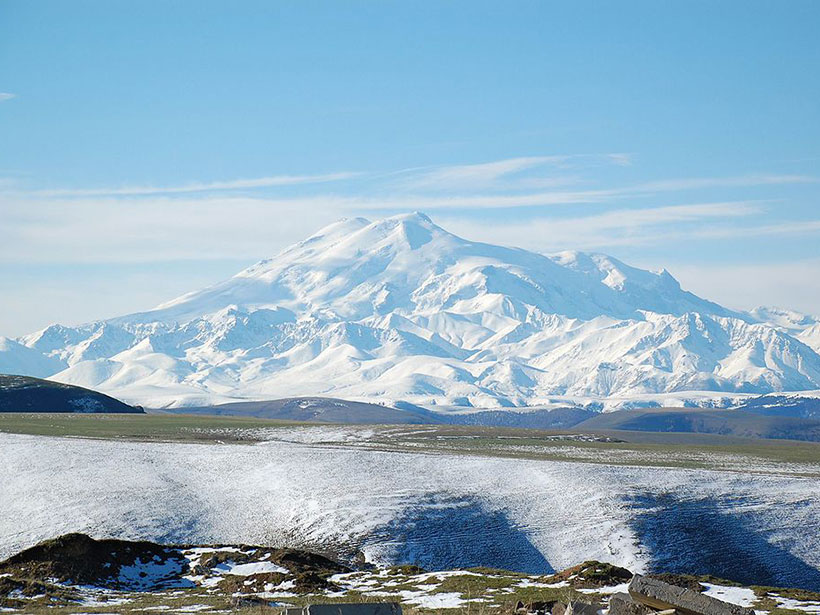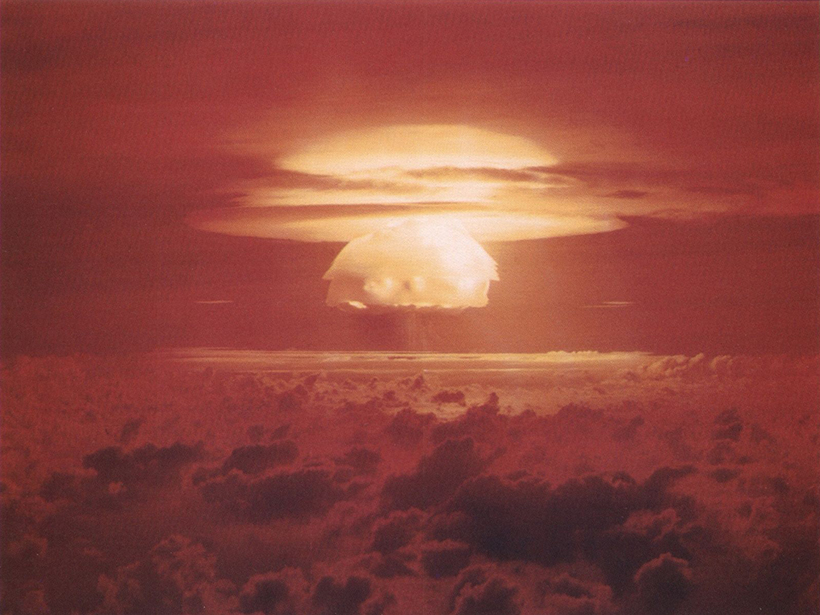An ice core from Europe’s highest peak contains scent-imparting molecules whose trends mirror the Soviet Union’s economic ups and downs.
Russia
Organic Matter in Arctic River Shows Permafrost Thaw
Samples from two waterways in northern Siberia—the main stem of the Kolyma River and a headwater stream in the river’s watershed—indicate the differing sources and ages of carbon they contain.
Nuclear Winter May Bring a Decade of Destruction
New climate models present a grim prediction of what would happen worldwide after a nuclear war between the United States and Russia.
The Ice Nurseries of the Arctic Are Melting
Ice formed in coastal nurseries along Russia’s Arctic coast is melting before it can float far offshore. Scientists are worried about what that means for wildlife.
Understanding Kamchatka’s Extraordinary Volcano Cluster
An international seismological collaboration in Kamchatka, Russia, investigates the driving forces of one of the world’s largest, most active volcano clusters.
International Effort Tackles Landslide Hazards to Keep the Peace
Earth scientists work with the North Atlantic Treaty Organization to help keep a border-straddling hydroelectric power plant on the Black Sea coast safe from landslides.






